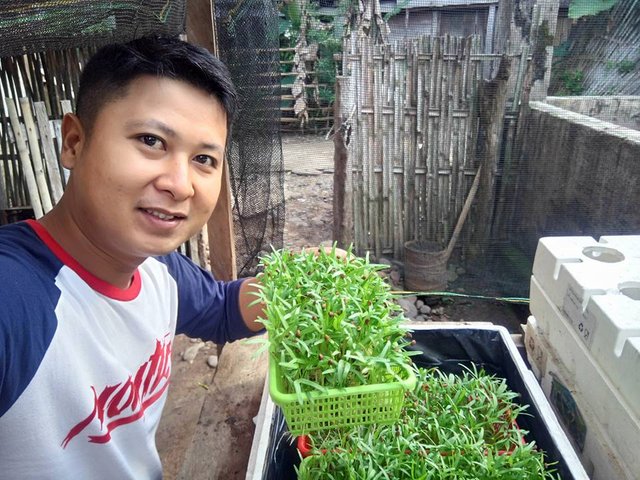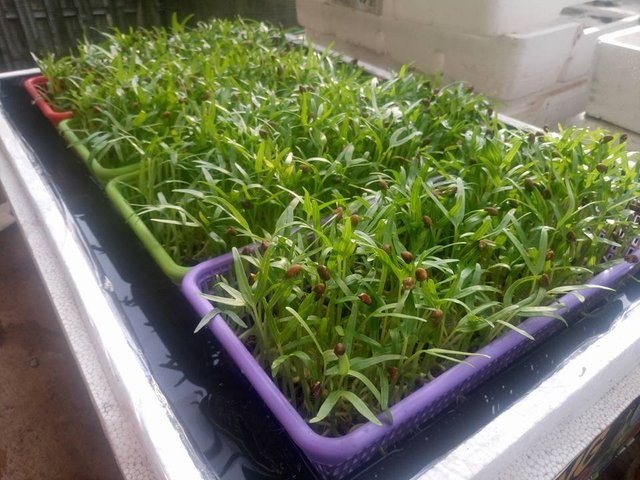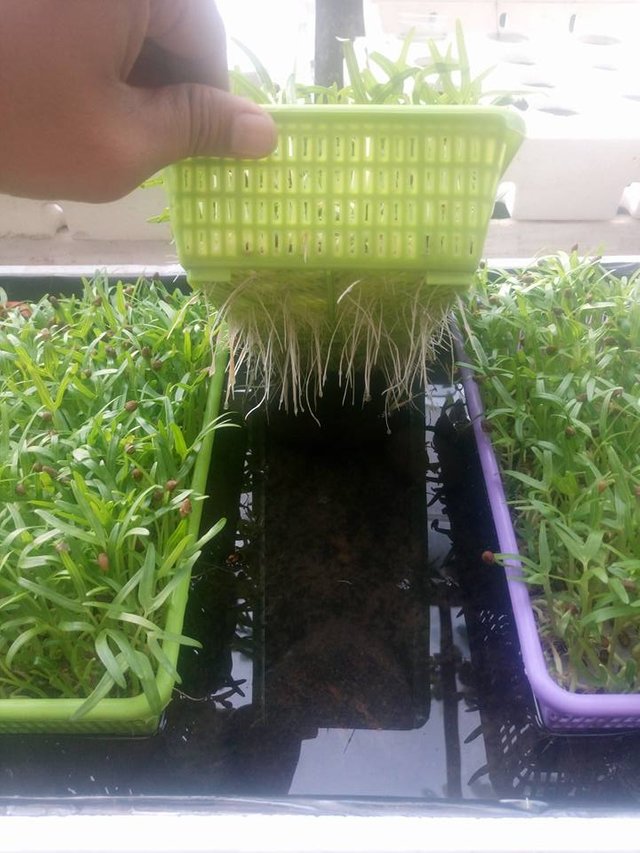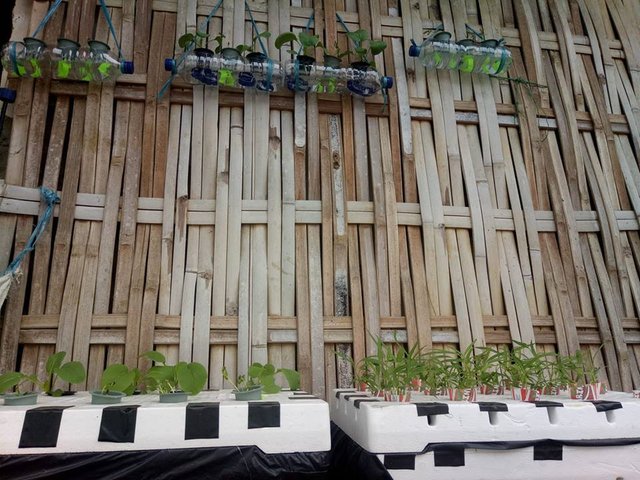Hydroponics, Solutions for Urban Narrow Land Agriculture.
The limited land area in urban areas is not an obstacle to farming. With hydroponic farming systems, land barriers can be overcome with results that are not less good than conventional farming systems.
This was proven by Takdir Syafruddin (45), one of the activists of hydroponic plants in Makassar City, South Sulawesi. The yard which is not so wide is transformed into a hydroponic garden using pipes and used plastic bottles. Farming activities that he does every day do not interfere with his main work as Civil Servants (PNS) in the Department of Marine, Fisheries and Animal Husbandry (DKP3) of the City of Makassar.

The limited land area in urban areas is not an obstacle to farming. With hydroponic farming systems, land barriers can be overcome with results that are not less good than conventional farming systems
According to him, this excess hydroponics, besides limited land use, also because it can grow anywhere and does not depend on the season. Even in coastal areas with hot climates it can grow well.
"Some even planted on the boat and it turned out they could grow well. I used polybags when it was difficult to find land to use for planting, while with hydroponics it was enough to use water that was not too much. "
The main requirement for hydroponics is indeed the availability of water, which can come from boreholes, left over from AC and can even use PDAM water.
"Some have tried using PDAM water and the results are good. I myself did not do it because I considered the chlorine content in it. "
For seedling, he usually uses a material called rockwool, which can be purchased at farm shops or online. Other media are fuel husks, coconut belts, and other materials that are moist.
The growing period of plants in seedlings varies. For mustard or lettuce for example, in 24 hours it has germinated. After 7-10 days it is usually ready for planting. These seedlings are then placed in plant containers called netpots.


This hydroponic farming system is not without problems. The problem commonly faced is the pH of water that can increase sharply due to hot weather factors. It's just that, Takdir has found a solution, namely by adding enough vinegar to reduce PH.
Another problem that sometimes arises is pest attacks in the form of caterpillars. The solution is to use vegetable pesticides that can be made using mixed and fermented lemongrass and lombok leaves. This is then sprayed on the affected plants.
The principle of hydroponics
The principle of hydropic agriculture is the cultivation of plants that no longer use soil as a planting medium, but use water that has been given nutrients for plants.
"The water we mix nutrients that contain nutrients needed by plants, from which plants get food so they can grow well."
For this nutrient itself, he added, basically plants need two elements, namely macro elements called NPK. In addition there are micro, which are certain elements that plants must have in small amounts and must be present, such as Sodium, Boron and other elements.
"These two elements are then formulated in one herb which is then called AB Mix. A for macro and B for micro, which is dissolved in water for food sources for plants. "
This hydroponic farming model turns out to have a number of variations. The simplest model is a pooled model, using only used bottles and styrofoam, which is called the wig or axis method.
There is also a floating raft method, where styrofoam is perforated and floated in a pond. A more complex method is the Deep Flow Tehnique (DFT) method by placing plant roots in a depth of water layer ranging from 4-6 cm. Another method is the Nutrient Film Technique (NFT), where the medium is a tilt of about 5 degrees with a thin stream of water. There are also Dutch Bucket methods, which are specific to fruit trees, such as chili, tomatoes and eggplant.
According to Takdir, basically all types of vegetables can be cultivated with this hydroponic system, both leaf vegetables and fruit vegetables. Other suitable plants are ornamental plants and herbal plants such as ginseng, mint and binahong.

To listen to the audio version of this article click on the play image.

Brought to you by @tts. If you find it useful please consider upvoting this reply.